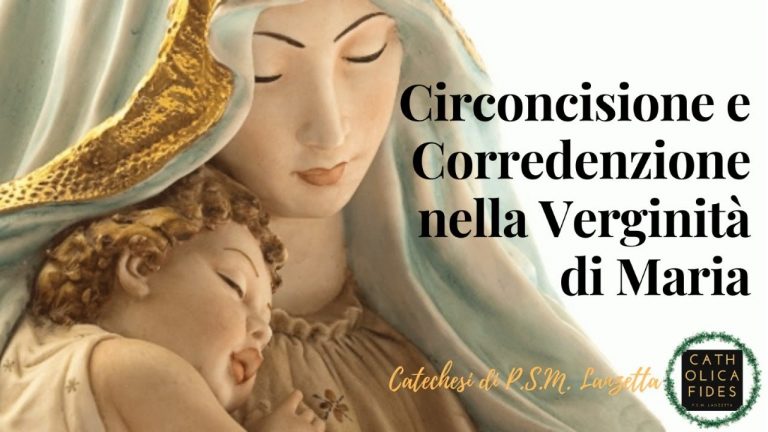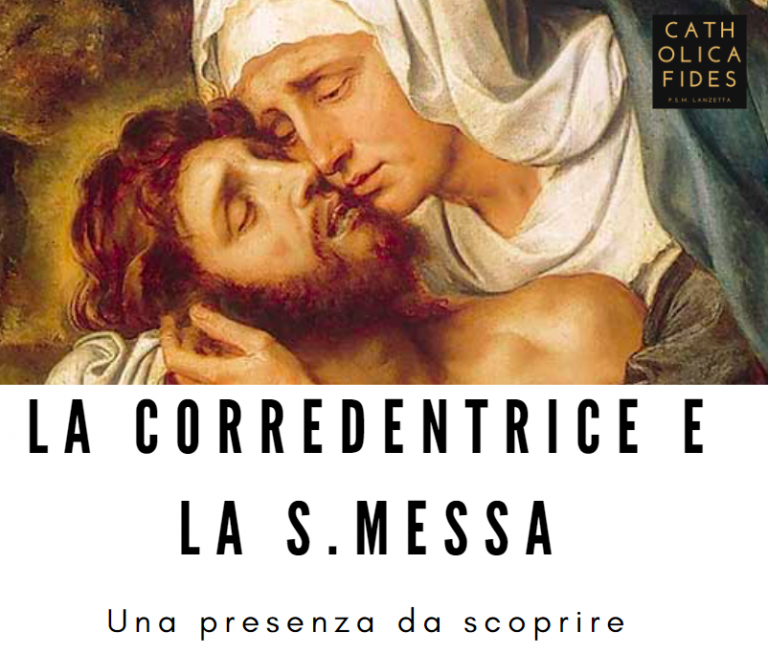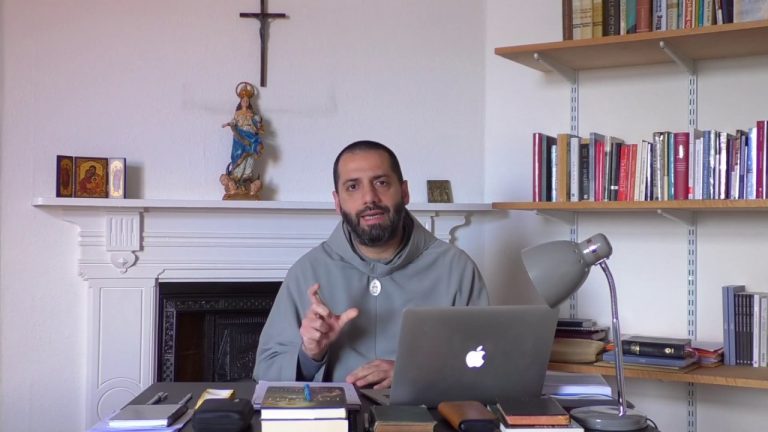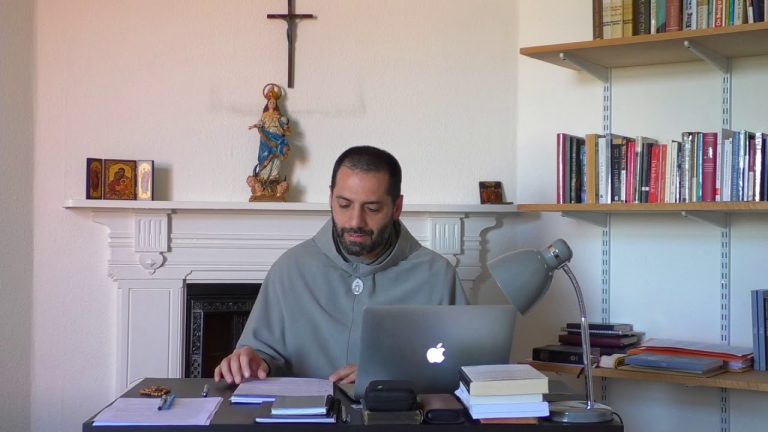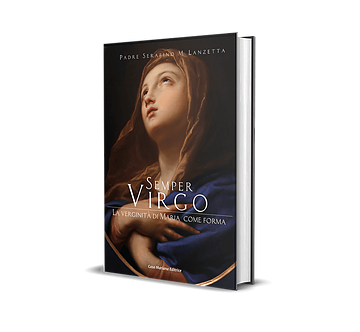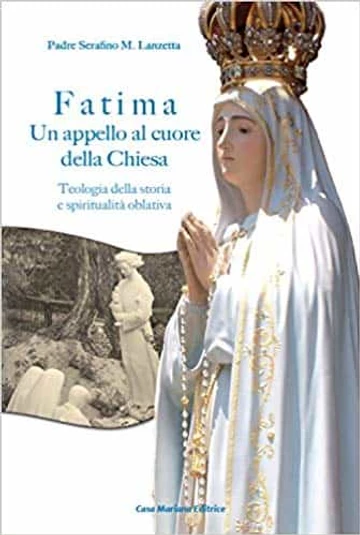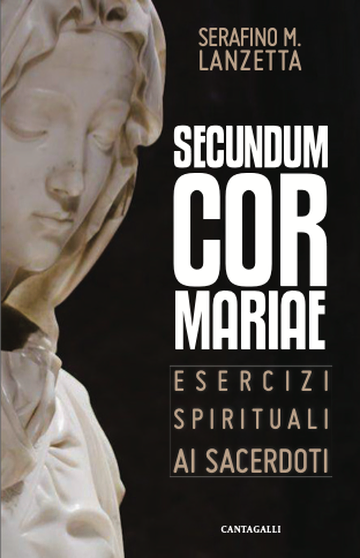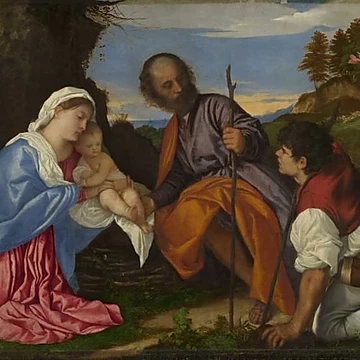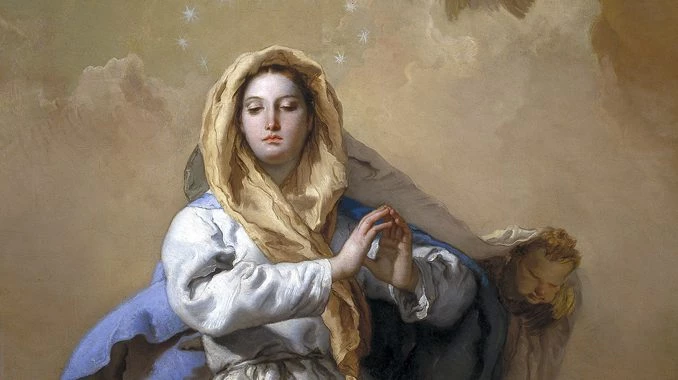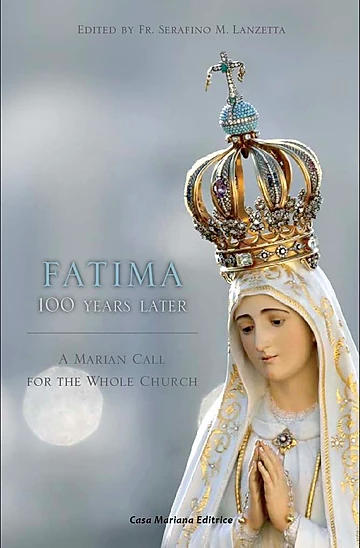By Fr Serafino M. Lanzetta
The key-concept to explain the mystery of the Immaculate Conception is fittingness. To it authors have made reference, even centuries before the dogma was proclaimed in 1854 by Bl. Pius IX. It is well known how Duns Scotus was able to prove his arguments in favour of the Immaculate Conception during his public debate at the Sorbonne University, summarizing it this way: “potuit, decuit ergo fecit”; God could make his Mother Immaculate, it was fitting and so did He. Fittingness is the bond that unites possibility to actuality. Because it was supremely convenient that a woman was exempted from original sin in order to become the Mother of the Saviour, God granted Her such a privilege.
Fittingness is linked with God’s goodness and love. In His providential plan of salvation for mankind, the Father foresaw in Christ – to be incarnate even if Adam had not sinned, says the Franciscan School, since Christ is not dependent on Adam’s sin but on the Father’s love for us as the first born of all creation – the existence of a Lady who had to be made ever pure, all holy, to be the worth dwelling place of God on earth. The convenience that such a privilege could enrich Our Lady is understandable because ultimately God’s love is poured out over all creation and over all men. If God had not wanted to save mankind, He would not have even created it, and if He had not wanted to send His Son to be incarnate in the fullness of time, He would not have made all things that were made. All has been planned and created in view of Christ. Together with Him and immediately after Him there is Our Lady, the Immaculate Conception.
Beside this fittingness there is also another important concept to consider: Our Lady’s freedom from sin. Here we come to the very core of the mystery. If She is free from original sin and from actual sin, therefore Her freedom is perfect. However, in considering this perfection of freedom – Her Yes to God, several objections might easily be raised. Our Lady may easily be seen as a person in whom everything is to happen as it turned out. Hence, in Her there would be no place for true freedom. For us freedom is above all choosing what we hold as good. Our Lady seems not to have had this freedom, then She would no longer be a creature, but what Catholics love to do, a sort of “divine creature”. But central here is the question: what is then freedom?
For us mortal creatures, freedom is normally the capacity of doing something, of choosing what we wish to have, etc. Some examples to simplify. Freedom is for instance to choose how many sugars I want in my tea, or the fact that I must have a wireless connection everywhere I go, although recent studies say that people start to panic when there isn’t any. Not always this only way to understand freedom is healthy. More than considering freedom as the power of, we should consider freedom as being free from something, the liberty from coercion in order to exercise my freedom. This is first of all an interior freedom, especially from sin and disordered passions that drive a person away from the right path of freedom. Jesus says clearly in the Gospel that the one who “commits sin is the servant of sin” (cf. John 8:34).
With the “freedom from” there is also another aspect of freedom to consider – its purpose in being free. This is a “freedom for”. Only if we are free to act when nothing is constraining us (spiritual or material), we are able to choose. “Freedom for” is not only the capacity to choose a cup of tea or a cup of coffee – the indeterminacy of my will – but the ability to choose what is the good that morally can enhance my life. “Freedom for” is the completion of my freedom in choosing good and rejecting evil. This is also the responsibility of my being free. My freedom can never harm another person, but has necessarily to meet the needs of my neighbour or those of the community or society in which I live. Freedom can never be capricious, but it is rather a responsibility for the good of many, all those people that my freedom encounters.
In order to understand more Our Lady’s perfect freedom, we can propose two questions:
a) Was Our Lady free in responding to the Angel at the moment of the Annunciation? We would definitely say yes.
b) But, was Our Lady free to say no to the Angel? Here we normally would also answer yes, because in our human experience of freedom, Our Lady could say also “no” in order to be truly free. This is because we forget the “freedom from” and generally understand freedom only as a “freedom for”, or better a “freedom of” doing or choosing. To say yes to God is freedom in full. Outside this freedom for good and for God there is no true freedom but its indeterminacy.
Let us ask this again: can a person be truly free renouncing good, saying no to God, the supreme good? A sinful person can say also no to God – this is our daily experience. But Our Lady is the Immaculate Conception. In Her there is of course the possibility to choose, but in no way She could choose against God. At the Annunciation, She had already made a great choice: She preferred virginity – a superior and grater good in relation to marriage – to even becoming the Mother of the Saviour, if that was meant to happen in an ordinary way. Only once reassured by the Angel that the conception of the Messiah would be virginal, She pronounced her Fiat to God (cf. Lk 1:30-38). Her whole being is a ‘Yes’ to God. She was created to make our own freedom true and lasting by setting for us an admirable example of being truly free in God. She is that Eden that was never violated by man’s sin and disobedience.
We should admit that in looking at Our Blessed Mother we are sometimes caught up in jealousy. We have lost the gift to use our freedom properly, while Mary has kept it by God’s unique grace. More than the problem of mediation – that in a protestant context would exclude radically Mary from holding a privileged role beside Christ, being one with Him in our Redemption – the rejection of Mary and Mariology seems to lie in a diabolic jealousy of Her perfect freedom. The response of Luther was the denial of freedom us such. Dreaming of a lost paradisiac condition, without accepting the remedy offered to us by the Redeemer, leads us to engage a battle against God and His Masterpiece of freedom, the Immaculate Conception.
Yet, in Mary’s perfect freedom, God shows us what He intended to make when the world was created. Despite Adam’s sin, God has won in Mary: his creation is inviolate, immaculate. In Mary we know what we were meant to be and what we can become. In Her, God gave us the sign of what will be at the end of time, when the whole creation will be delivered from corruption and will shine immaculate as a Bride ready for the Bridegroom. Our Lady is indeed a sign of God’s goodness and love.

